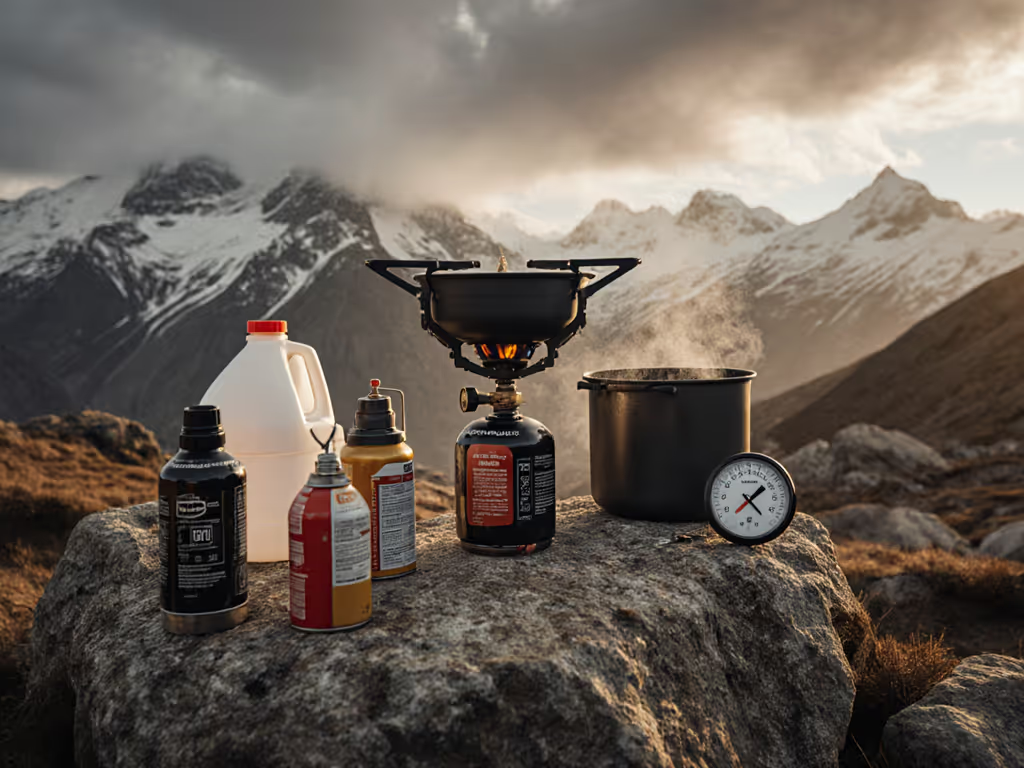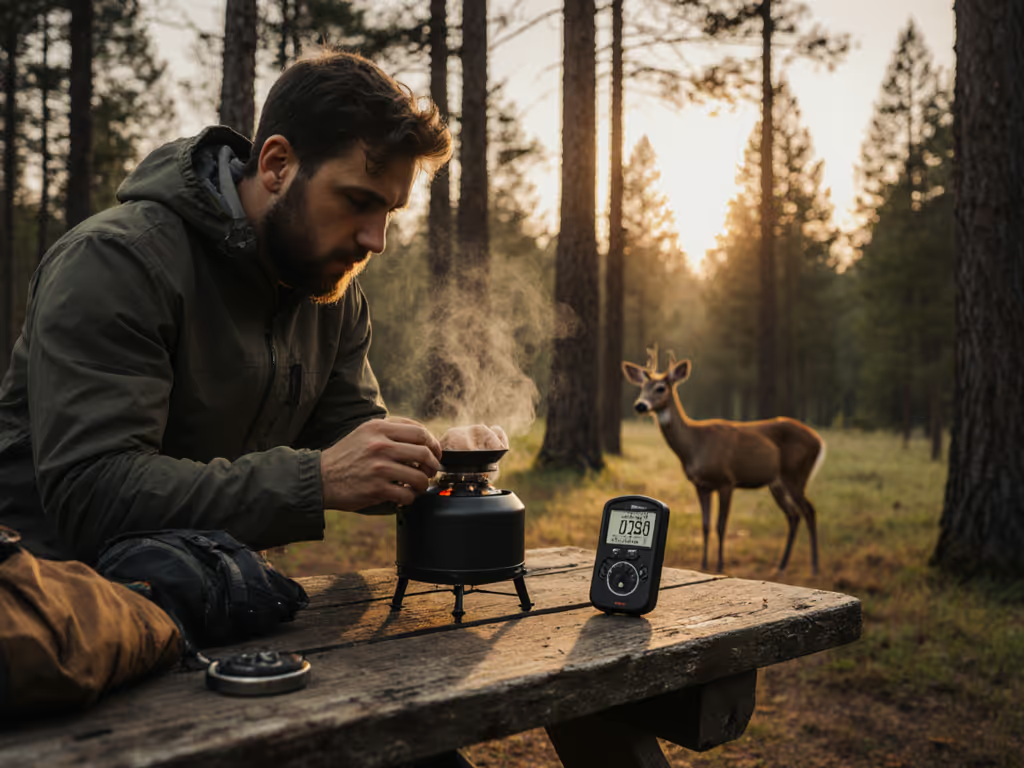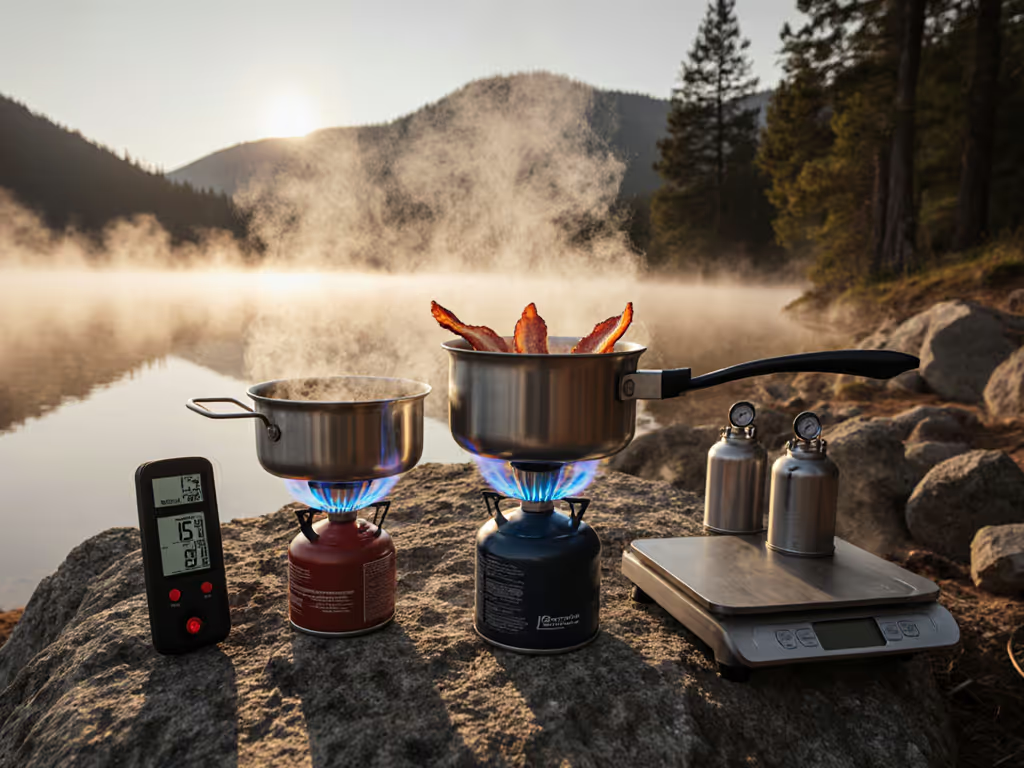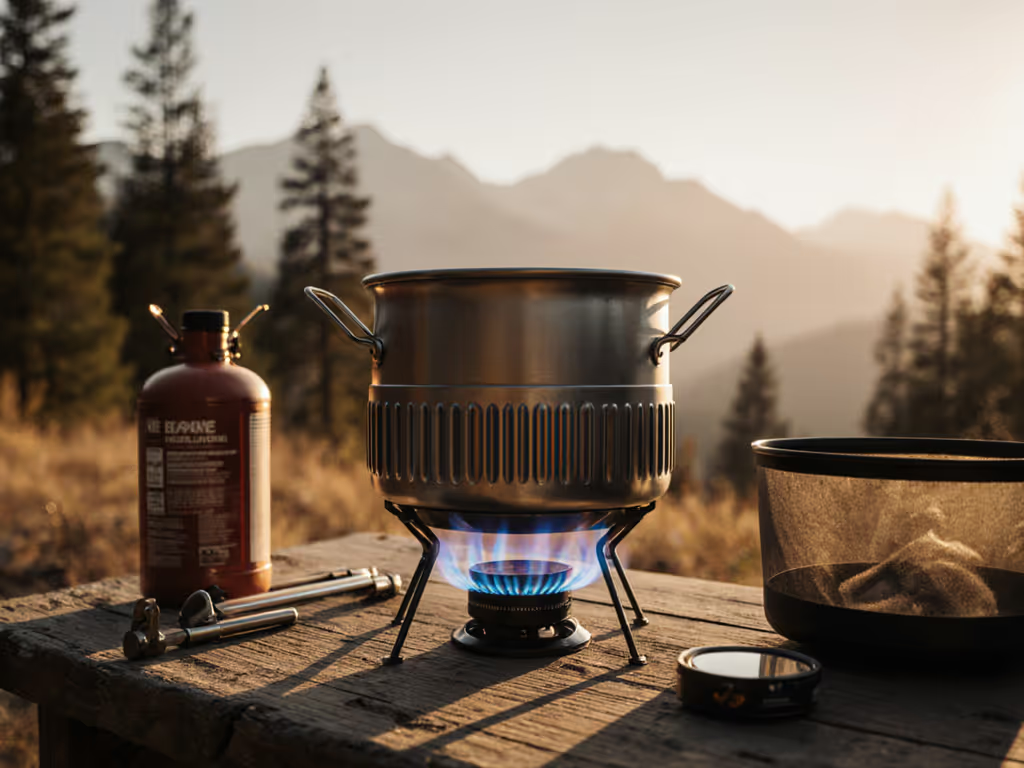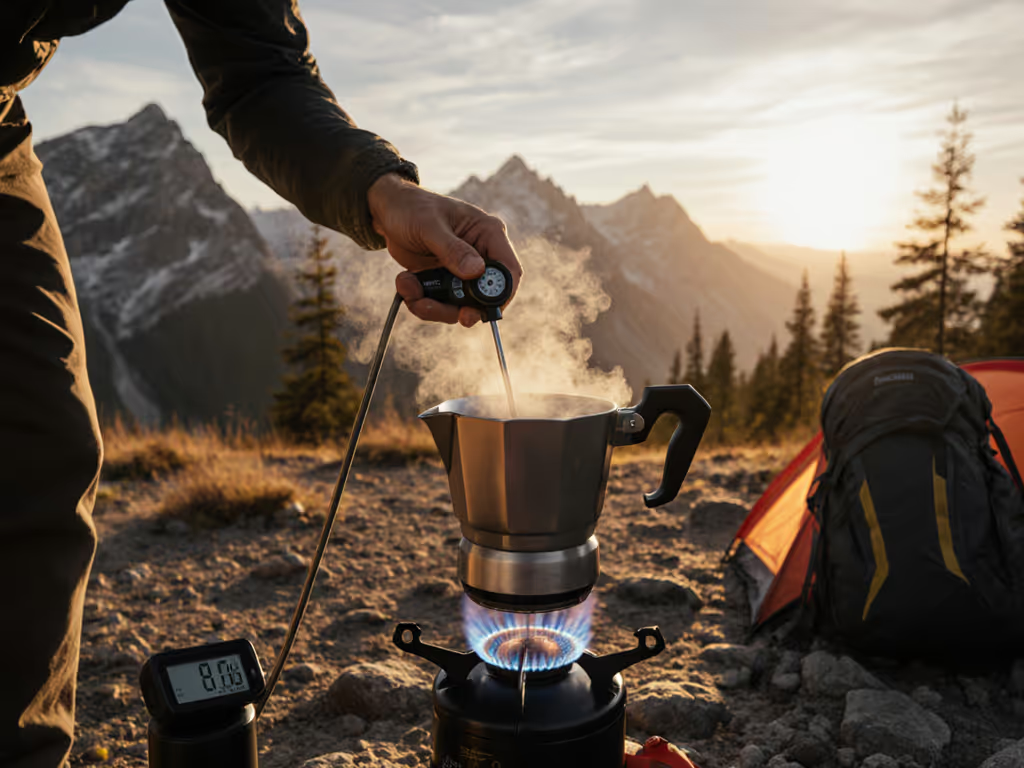
Camp Stove Fuel Comparison: Subzero Performance Guide
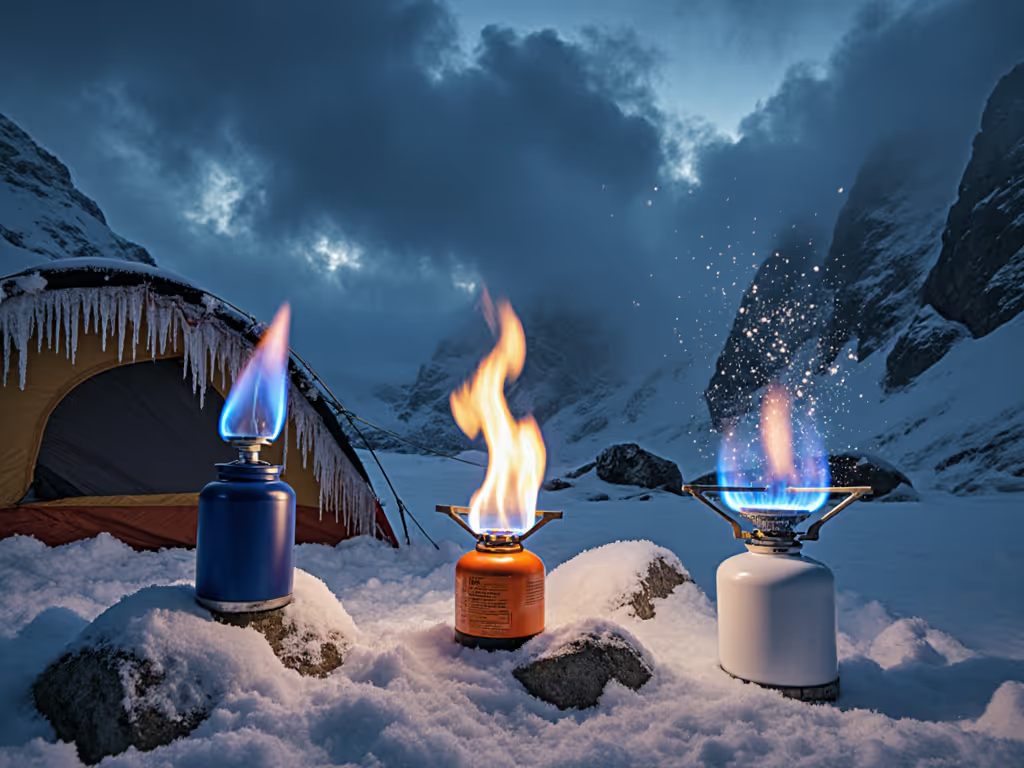
When the mercury plummets and wind whips across your campsite, your camp stove becomes the heartbeat of survival. A smart stove fuel comparison isn't just technical, it's the difference between golden pancakes and a frostbitten frustration. I've seen how the right fuel choice transforms mealtime from a stress point into a warm, shared moment, even when tiny hands reach for syrup and gusts threaten to send your skillet flying. Let's cut through the marketing noise with real-world data for your next cold-weather adventure.
Why Temperature Thresholds Make or Break Your Meal
Fuel performance isn't linear, it crashes at predictable temperature points. Understanding these limits prevents the #1 winter failure: stoves that sputter out mid-boil. Here's the hard data: For a deep dive into fuel behavior in the cold, see propane vs butane vs white gas.
- Butane canister performance tanks below 32°F (0°C). Butane's vapor pressure drops so sharply that even a 50/50 butane-propane blend struggles below 20°F (-7°C). At 14°F (-10°C), expect weak flames and incomplete combustion. Real-world implication: That "four-season" canister stove you trusted? It's a three-season stove unless inverted.
- Propane gas stove setups shine below freezing. Pure propane vaporizes at -44°F (-42°C), making it the only reliable standalone canister fuel for subzero trips. But (critical caveat) standard upright canisters still fail in extreme cold because liquid propane can't escape the canister once pressure drops. Solution? Invert the canister (using a remote hose stove) to draw liquid fuel directly.
- Multi-fuel stove cooking dominates below -20°F (-29°C). White gas (naphtha) vaporizes at just 97°F (36°C), but its real superpower is consistent pressure regardless of ambient temperature. Liquid fuel stoves like the MSR WhisperLite International (with its Shaker Jet system) bypass vapor pressure limits entirely by pumping liquid fuel into a heated generator tube. Field-tested fact: In -31°F (-35°C) Yukon testing, white gas stoves boiled water 40% faster than inverted propane canisters.
Plain-language safety reminder: Never invert integrated canister stoves (like Jetboils). The valve isn't designed for liquid draw, risking dangerous flare-ups. Use remote canister systems only for inversion.
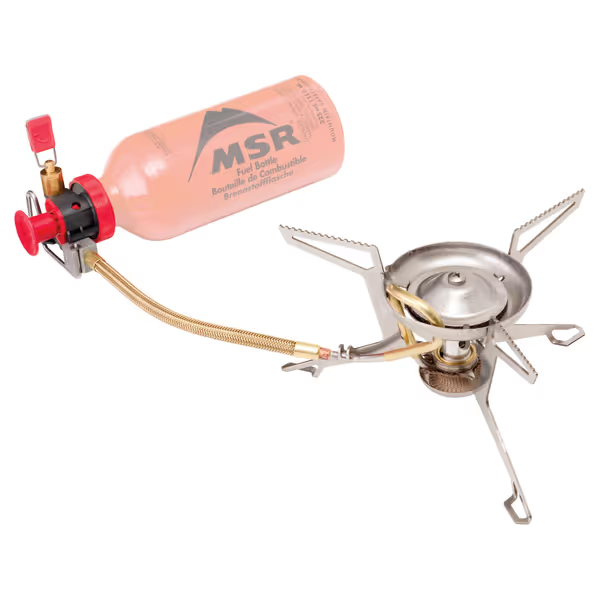
MSR WhisperLite International
The Wind Factor: Why Fuel Type and Windscreen Synergy Matters
Wind doesn't just chill you, it murders stove efficiency. A 10 mph gust can triple your fuel consumption by disrupting combustion. But here's what most guides omit: fuel type dictates windscreen compatibility.
- Canister stoves (propane/butane): Require vented windscreens. Solid barriers trap heat, causing canister pressure to spike dangerously. I learned this during a coastal pancake attempt, the sealed windscreen I'd rigged nearly melted the canister valve. Instead, use a perforated screen leaving 1" gaps at the base for airflow.
- Liquid fuels (white gas, kerosene): Thrive with full windscreens. No explosive pressure buildup means you can wrap the stove tightly. That's why my group's mild curry simmered gently in 25 mph gusts, the windscreen kept the flame focused while the wide burner base prevented spills near kids.
Step-by-Step: Calculating Fuel for Family Meals (Not Just Solo Boils)
Inclusive menu notes start with precise fuel math. Forget generic "boil time per ounce" charts, they ignore wind, altitude, and real cooking (simmering > boiling). Use this formula:
Total fuel needed = (Base fuel × Wind multiplier) + Simmer buffer
- Base fuel: 0.5 oz (15g) per liter of boiled water at 32°F (0°C). For actual cooking (simmering sauces, frying), add 30%.
- Wind multiplier: 1.0 (calm) → 1.8 (10 mph gusts) → 2.5 (20+ mph). Don't guess, use a portable anemometer.
- Simmer buffer: Add 20% extra fuel for stable low-heat control. Simmer is a skill and a feature, wasting fuel hunting for a blue flame wastes morale.
Example for a family of four (2 adults, 2 kids) on a 3-day coastal trip with 15 mph winds:
- Breakfast: 2L oatmeal + 1L coffee = 1.0 oz base fuel × 1.5 wind multiplier = 1.5 oz
- Dinner: 3L soup + 1L simmered curry = 2.0 oz base × 1.35 = 2.7 oz
- Daily total: 4.2 oz → Trip total: 12.6 oz + 20% simmer buffer = 15.1 oz (447g)
Timelines and prep order: Pre-measure fuel into labeled bottles at home. Day 1: Use butane-propane blend (warmer temps). Day 2-3: Switch to propane-only canisters as temps drop. Always carry 25% extra fuel, your lactose-free curry won't cook if you're rationing.
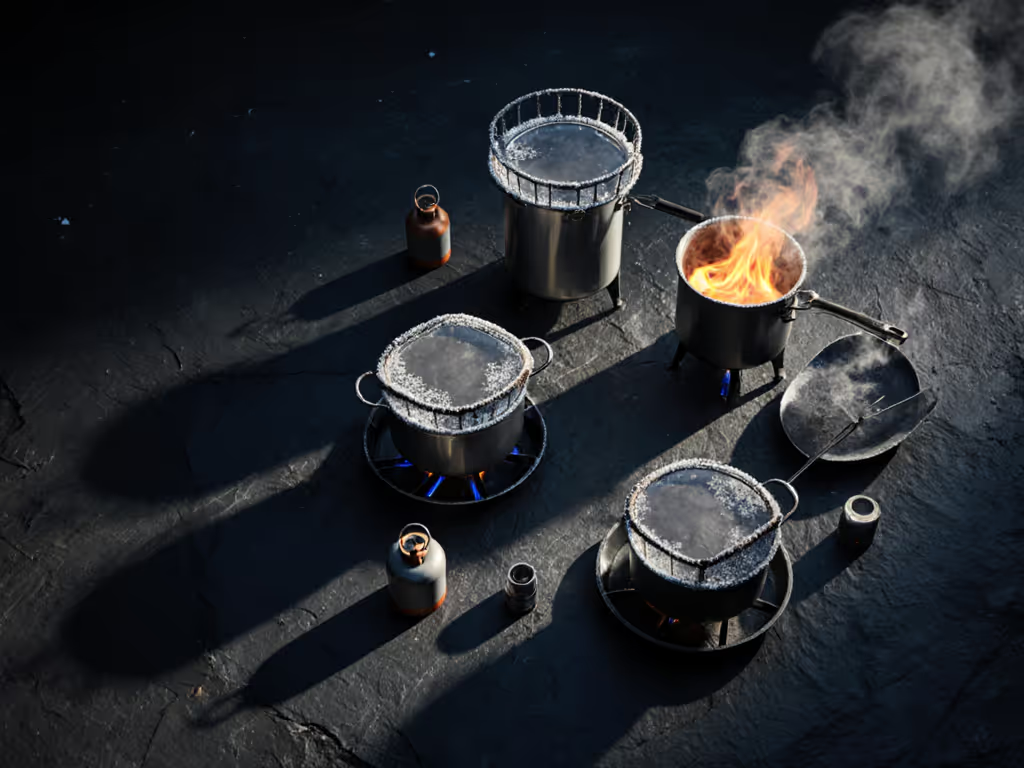
Cold-Weather Fuel Shortcuts That Actually Work
When seconds count in freezing conditions, these field-tested tactics save fuel and fingers:
- Pre-heat canisters: Nestle propane canisters in your jacket for 10 minutes before use. Do not submerge in water, condensation freezes valves.
- Stabilize simmer instantly: Place a titanium baking cup under your pot. It diffuses heat, cutting fuel use by 15% while preventing scorch. (Critical for inclusive menus, nobody wants blackened vegan stew.)
- Revive a dying flame: For liquid fuel stoves, add 2 drops of isopropanol (rubbing alcohol) to the priming cup before lighting. It ignites faster than fuel alone in bitter cold. (Note: isopropanol stove priming works only with white gas, not kerosene.)
Your Action Plan for Stress-Free Subzero Cooking
- Check your forecast's LOWEST temperature, not average. If below 20°F (-7°C), skip standard canisters entirely. For car camping, a wide-base propane setup (like the Gas One GS-3400P with its stable legs) beats canisters for high-output frying, just secure the tank away from tent walls.
- Test wind management NOW: Place your stove on uneven ground, light it, and fan it for 30 seconds. If the flame dances or goes out, you need a better windscreen and a stove with wider supports. No drama means stable meals.
- Calculate fuel using WIND + SIMMER factors, not just boil times. Print the formula above and tape it to your fuel bottle.
Family-proof kitchens demand more than a hot flame, they need predictable performance where everyone eats together, warm and safe. That blustery Saturday with hungry kids? It sticks with me because the stove held steady while the wind didn't. Your turn: Grab your current fuel, measure out tomorrow's ration using the wind-adjusted formula, and simmer a cup of tea. Notice how the flame stays blue, not yellow. That's the sound of confidence. Update your pre-trip checklist today with wind multipliers, and never ration dinner again.

